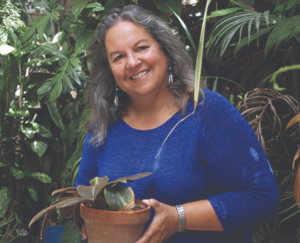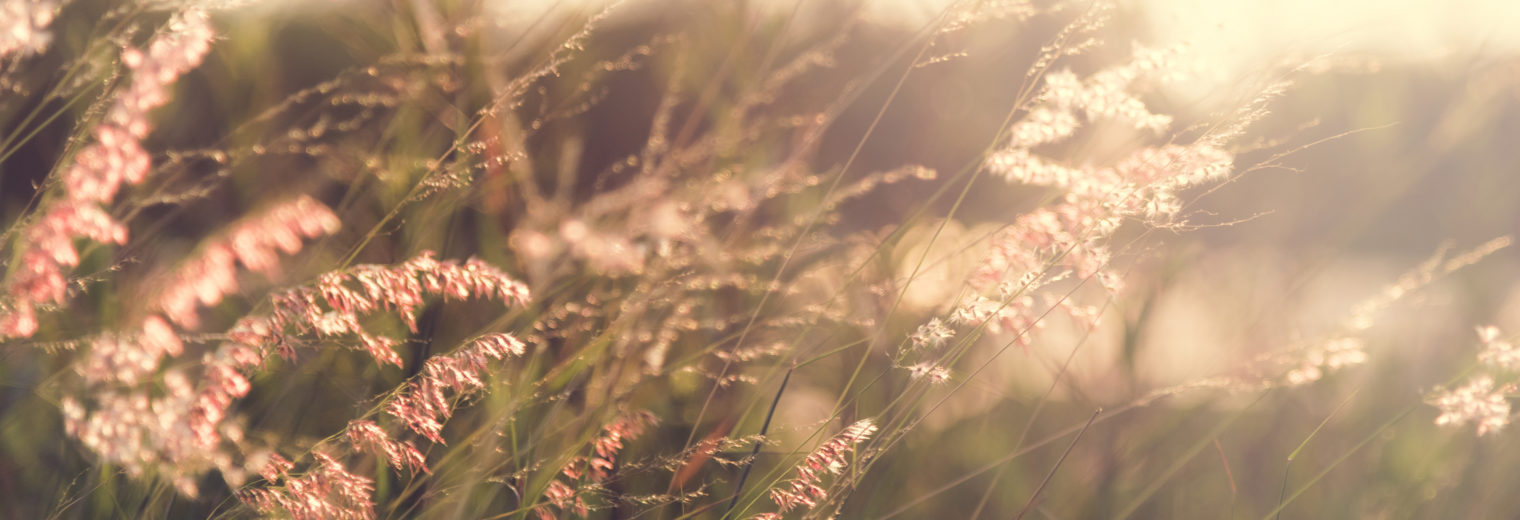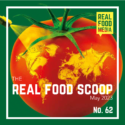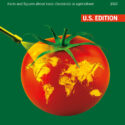Looking for a glimmer of hope? Real Food Reads book Braiding Sweetgrass—all about reciprocity in our relationship with the Earth—hits the New York Times best sellers list six years after its publication. That means its message resonates.

Dr. Robin Wall-Kimmerer
“Stunned.” That was the reaction of Dr. Robin Wall Kimmerer upon learning her book, Braiding Sweetgrass: Indigenous Wisdom, Scientific Knowledge and the Teaching of Plants, was No. 14 on the New York Times Paperback Nonfiction Best Sellers list Jan. 31, 2020.
“The book came out six years ago, so this is not the way that it usually happens,” said Kimmerer, Distinguished Teaching Professor at ESF and director of the Center for Native Peoples and the Environment. Her publisher, Milkweed Editions is “thrilled” as the book has been a best seller for them for years. “But it’s not like the book has had any mass marketing, that was not the approach,” said the botanist and ecologist.
Braiding Sweetgrass is a collection of essays weaving traditional ecological knowledge with scientific knowledge to examine the relationship people have and can have with the living environment. In talking to booksellers, Kimmerer’s publisher learned the book’s rise in popularity is due to the personal connection people experience after reading it.
Said Kimmerer, “Apparently – and I love this – according to the booksellers, people come in … and buy a copy because they’ve heard about it. Then they’re back in a week or two to buy a stack because they want to give them to people. And that’s how the book is moving.
“That is the point of Braiding Sweetgrass. Let’s imagine a different way to go forward, which is based on these indigenous relationships with the living world. I think there’s a way in which this new spike in readership is because people need some light in a dark time.”
“It’s people connecting to it and saying, ‘Yes, this. This! And I want to share this with others!’ I couldn’t be happier that that’s how it’s happening because it’s connecting with people and I think oftentimes we can feel we are alone in our passion for the living world. I think outside of a place like ESF, people are longing for a deep connection to nature and then they find a book like Braiding Sweetgrass that gives them a vocabulary to express what relationship they’d like to have with the living world and then they want to share it.”
“The thing I love about that … is that’s actually the way the plant, sweetgrass, is disseminated. It isn’t a plant whose seeds blow all over the place and can establish anywhere. Essentially, it has to be transplanted hand to hand and that’s how the book is making its way in the world. too.”
The book is all about reciprocity, Kimmerer explained, and how do people enter into reciprocity with the world, giving back in return for the gifts of the earth. “When a book with a message like that hits the best sellers list I can only be hopeful that means that these ideas have adherents. … There are places in Braiding Sweetgrass where I ask, ‘Aren’t we a better species than this?’ and for the book to be doing so well gives me the answer that ‘Yes, yes we are.'”
Kimmerer’s publisher noted in a time of environmental peril when people’s values are being challenged that may be why six years after publication people need to imagine a different way forward. “That is the point of Braiding Sweetgrass,” Kimmerer said, “Let’s imagine a different way to go forward, which is based on these indigenous relationships with the living world. I think there’s a way in which this new spike in readership is because people need some light in a dark time.”
“There’s a teaching I grew up with and is often said in Native communities that the teachings (about the living world) that we hold and that the dominant society did their best to erase, that it was so important we hold tight to those teachings because there would come a time when the world would need that which they tried to eradicate,” said Kimmerer, an enrolled member of the Citizen Potawatomi Nation. “One can imagine that those times are now. So, it really is a privilege to share the teachings that were shared with me in what are urgent times.”
“I also know that this is inspiring to my students who are poised to bring this work of indigenous knowledge to the academy and into science. How exciting for them that the work we’re doing together, which can be such an uphill battle, is welcome. I think of this as nothing but good for our students. They can have the confidence that ‘people are going to listen.'”
Article originally published by SUNY College of Environmental Science and Forestry
Listen to our conversation with Dr. Kimmerer on the Real Food Reads podcast:




